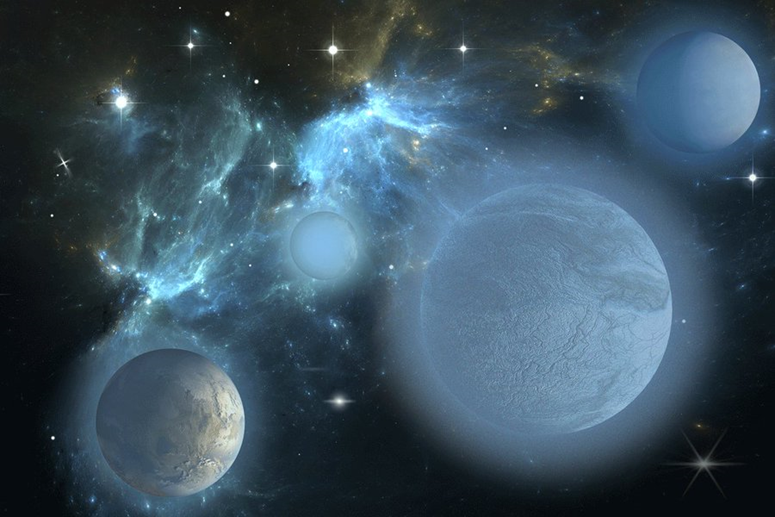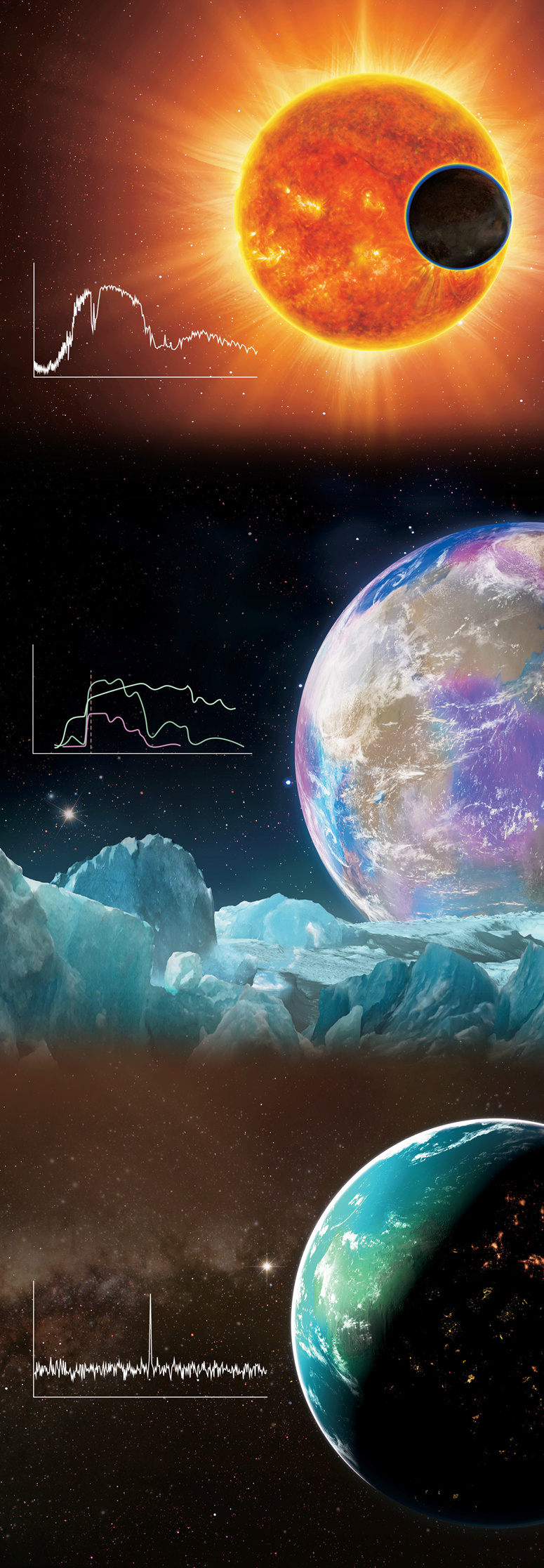Extraterrestrial life: we are on the verge of revolutionary discoveries

It's not easy to know if a planet is habitable when it is tens of light years from our Earth. But researchers are now proposing a new way of doing things that could be implemented quickly. It could even allow us to find evidence of extraterrestrial life in the next few years.
How do you know if a distant planet is habitable or not? Determining how far it is from its star is a first step. But place it in that which theastronomerscall the habitable zone is not enough. The other sine qua non condition put forward by the researchers is that water flows on its surface. The problem is that our technologies are not able to detect the presence of water on the surface of an exoplanet. So how do you know?

An international team of researchers, including researchers from the Massachusetts Institute of Technology (MIT, United States) and researchers from the École Polytechnique and the Bordeaux Astrophysics Laboratory (France), are now proposing a way to circumvent the difficulty. Since our telescopes are not able to capture bursts of light that would reflect off surfacesliquidsof an exoplanet, astronomers plan to probe theatmospheresin search of a characteristic that no one had thought of until now: the presence of a small quantity of carbon dioxide (CO 2 ). They explain their reasoning in the journal Nature Astronomy .

The answer hidden in our Solar System
It was by turning to the planets of our Solar System that researchers gave birth to the idea. Noting thatVenus, our Earth and Mars are located in a temperate region in our corner ofUniverse. And that they were formed in similar ways and still share similarities today. Even though only one of these planets is known to have water flowing on its surface. However, it turns out that our Earth is also the one with the lowest level of CO 2 in the atmosphere of the three.
This is not a coincidence. It turns out that one process in particular is capable of removing a large quantity of CO 2 present in an atmosphere: an intense water cycle involving liquid oceans. Researchers know this happened on our Earth. Over hundreds of millions of years, the oceans have absorbed almost as much CO 2 as remains in the unbreathable atmosphere of Venus today. And this made it possible to regulate theclimateof our Planet and make it habitable for billions of years.

Extraterrestrial life and CO2 levels
The researchers analyzed numerous works in various fields ranging from biology tochemistry, through the sequestration ofcarbonin the context ofclimate change. And they conclude that detecting a low quantity of CO 2 in the atmosphere of an exoplanet compared to those of its neighbors would constitute a strong signal of the presence of liquid water on this planet. Perhaps even an extraterrestrial life form. However, it just so happens that the James-Webb space telescope could be able to detect such concentrations in the atmospheres of distant planets.
The team presents a detailed strategy for determining whether an exoplanet is habitable or not. This would first involve targeting systems which, as is the case with ourSolar system, appear with several planets similar to our Earth. Terrestrial planets that would be similar in size and orbit at close distances from their stars to each other. We would then have to ensure that these planets have an atmosphere. By seeking to detect CO 2 . Because CO 2 is a common element in planetary atmospheres. And it is relatively easy to detect because it absorbs well in the area ofinfrared.

the planets of the trappist-1 system could be probed by the new method proposed by researchers today to determine if they are habitable. even inhabited…
Detect some CO2 and ozone
Once all these planets with an atmosphere have been identified, it would remain to measure their respective CO 2 contents . If one of them had a low CO 2 level , it would become very likely that water would flow on its surface. And so it is habitable.
For those who would like to go further, astronomers suggest searching for ozone (O 3 ) in the atmosphere of the target planet. Because plants and somemicrobes, by consuming CO 2 , emitoxygen(O2 ) . When it reacts with light, it transforms intoozone. “Finding ozone in the atmosphere of an exoplanet would mean that we have found life. Not just a fewbacteria. But onebiomasson a planetary scale, capable of interacting with an enormous quantity of carbon ,” concludes Amaury Triaud, researcher at the University of Birmingham (United Kingdom), in an MIT press release .

And such analyzes are precisely what theJames Webb space telescopeon the Trappist-1 planetary system, a system consisting of seven planets and located only 40 light yearsof our Earth. “Revolutionary discoveries could be made in the coming years ,” assure the astronomers.
Source: sites Internet

